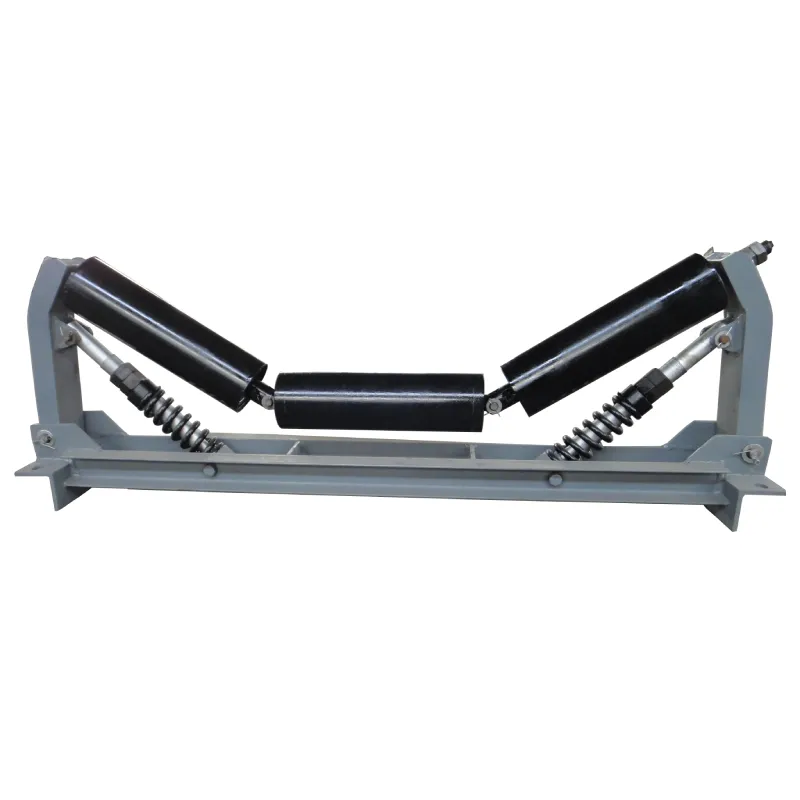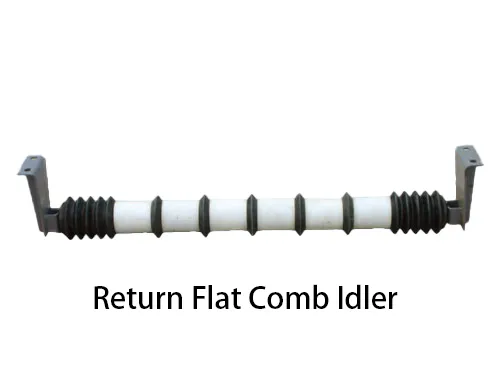 Afrikaans
Afrikaans  Albanian
Albanian  Amharic
Amharic  Arabic
Arabic  Armenian
Armenian  Azerbaijani
Azerbaijani  Basque
Basque  Belarusian
Belarusian  Bengali
Bengali  Bosnian
Bosnian  Bulgarian
Bulgarian  Catalan
Catalan  Cebuano
Cebuano  Corsican
Corsican  Croatian
Croatian  Czech
Czech  Danish
Danish  Dutch
Dutch  English
English  Esperanto
Esperanto  Estonian
Estonian  Finnish
Finnish  French
French  Frisian
Frisian  Galician
Galician  Georgian
Georgian  German
German  Greek
Greek  Gujarati
Gujarati  Haitian Creole
Haitian Creole  hausa
hausa  hawaiian
hawaiian  Hebrew
Hebrew  Hindi
Hindi  Miao
Miao  Hungarian
Hungarian  Icelandic
Icelandic  igbo
igbo  Indonesian
Indonesian  irish
irish  Italian
Italian  Japanese
Japanese  Javanese
Javanese  Kannada
Kannada  kazakh
kazakh  Khmer
Khmer  Rwandese
Rwandese  Korean
Korean  Kurdish
Kurdish  Kyrgyz
Kyrgyz  Lao
Lao  Latin
Latin  Latvian
Latvian  Lithuanian
Lithuanian  Luxembourgish
Luxembourgish  Macedonian
Macedonian  Malgashi
Malgashi  Malay
Malay  Malayalam
Malayalam  Maltese
Maltese  Maori
Maori  Marathi
Marathi  Mongolian
Mongolian  Myanmar
Myanmar  Nepali
Nepali  Norwegian
Norwegian  Norwegian
Norwegian  Occitan
Occitan  Pashto
Pashto  Persian
Persian  Polish
Polish  Portuguese
Portuguese  Punjabi
Punjabi  Romanian
Romanian  Russian
Russian  Samoan
Samoan  Scottish Gaelic
Scottish Gaelic  Serbian
Serbian  Sesotho
Sesotho  Shona
Shona  Sindhi
Sindhi  Sinhala
Sinhala  Slovak
Slovak  Slovenian
Slovenian  Somali
Somali  Spanish
Spanish  Sundanese
Sundanese  Swahili
Swahili  Swedish
Swedish  Tagalog
Tagalog  Tajik
Tajik  Tamil
Tamil  Tatar
Tatar  Telugu
Telugu  Thai
Thai  Turkish
Turkish  Turkmen
Turkmen  Ukrainian
Ukrainian  Urdu
Urdu  Uighur
Uighur  Uzbek
Uzbek  Vietnamese
Vietnamese  Welsh
Welsh  Bantu
Bantu  Yiddish
Yiddish  Yoruba
Yoruba  Zulu
Zulu Feb . 10, 2025 22:33
Back to list
Polyurethane Pulley(Polyurethane Lagging Pulley)
In the world of material handling and mechanical lifting, the take-up pulley plays a pivotal role. Understanding its intricacies can significantly bolster operational efficiency and safety in various industrial applications. Designed to maintain proper belt tension and alignment, these pulleys are quintessential in conveyor belt systems, aiding in the smooth transportation of materials across sectors such as mining, manufacturing, and logistics.
The journey to integrating a take-up pulley system extends beyond purchasing decisions. Maintenance and routine inspections form a critical aspect of preserving the system's integrity. Experienced professionals advocate for a proactive maintenance schedule, highlighting the need for regular checks on pulley alignment, belt tension, and the condition of supporting structures. By embodying these practices, businesses can build a resilient operation, safeguarding their conveyor systems from unexpected failures and prolonging their operational life. In fostering a culture of safety and efficiency, businesses must also invest in training and development for their workforce. Skilled operators and maintenance staff, equipped with the knowledge to handle the nuances of take-up pulley systems, become invaluable assets. Training programs should encompass troubleshooting, adjustment techniques, and emergency response plans, empowering the team to uphold the highest standards of safety and efficiency. Moreover, leveraging technology can further enhance the operational efficiency of take-up pulley systems. Implementing sensors and monitoring equipment can provide real-time data on belt tension and system performance, allowing for predictive maintenance and immediate adjustments. This integration not only enhances system responsiveness but also aids in making data-driven decisions, thereby optimizing overall productivity. In conclusion, the deployment of take-up pulleys within conveyor systems represents a blend of strategic purchasing, thorough understanding, and diligent maintenance. By emphasizing experience, expertise, authoritativeness, and trustworthiness in their approach, businesses can harness the full potential of these mechanical marvels. This ensures not only the smooth functioning of their conveyor systems but also a paradigm of safety, efficiency, and sustainability across their operations.


The journey to integrating a take-up pulley system extends beyond purchasing decisions. Maintenance and routine inspections form a critical aspect of preserving the system's integrity. Experienced professionals advocate for a proactive maintenance schedule, highlighting the need for regular checks on pulley alignment, belt tension, and the condition of supporting structures. By embodying these practices, businesses can build a resilient operation, safeguarding their conveyor systems from unexpected failures and prolonging their operational life. In fostering a culture of safety and efficiency, businesses must also invest in training and development for their workforce. Skilled operators and maintenance staff, equipped with the knowledge to handle the nuances of take-up pulley systems, become invaluable assets. Training programs should encompass troubleshooting, adjustment techniques, and emergency response plans, empowering the team to uphold the highest standards of safety and efficiency. Moreover, leveraging technology can further enhance the operational efficiency of take-up pulley systems. Implementing sensors and monitoring equipment can provide real-time data on belt tension and system performance, allowing for predictive maintenance and immediate adjustments. This integration not only enhances system responsiveness but also aids in making data-driven decisions, thereby optimizing overall productivity. In conclusion, the deployment of take-up pulleys within conveyor systems represents a blend of strategic purchasing, thorough understanding, and diligent maintenance. By emphasizing experience, expertise, authoritativeness, and trustworthiness in their approach, businesses can harness the full potential of these mechanical marvels. This ensures not only the smooth functioning of their conveyor systems but also a paradigm of safety, efficiency, and sustainability across their operations.
Latest news
-
Revolutionizing Conveyor Reliability with Advanced Rubber Lagging PulleysNewsJul.22,2025
-
Powering Precision and Durability with Expert Manufacturers of Conveyor ComponentsNewsJul.22,2025
-
Optimizing Conveyor Systems with Advanced Conveyor AccessoriesNewsJul.22,2025
-
Maximize Conveyor Efficiency with Quality Conveyor Idler PulleysNewsJul.22,2025
-
Future-Proof Your Conveyor System with High-Performance Polyurethane RollerNewsJul.22,2025
-
Driving Efficiency Forward with Quality Idlers and RollersNewsJul.22,2025
OUR PRODUCTS





























